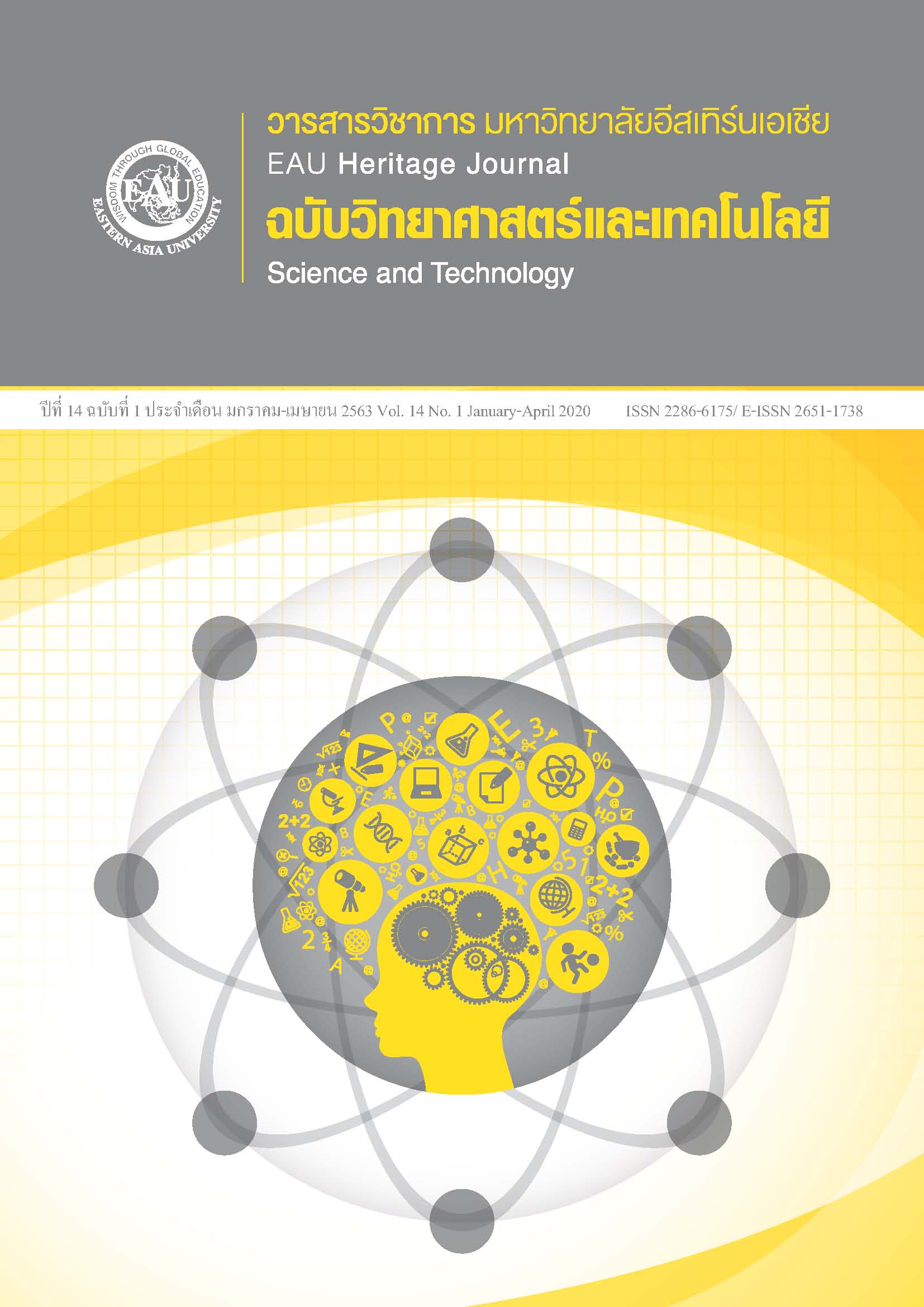คุณภาพชีวิตและระดับน้ำตาลสะสมในเลือดของผู้ป่วยเบาหวานชนิดที่ 2
คำสำคัญ:
คุณภาพชีวิต, ระดับน้ำตาลสะสมในเลือด, ผู้ป่วยเบาหวานชนิดที่ 2บทคัดย่อ
การวิจัยครั้งนี้เป็นการวิจัยเชิงพรรณนา (descriptive research) มีวัตถุประสงค์เพื่อศึกษาความสัมพันธ์ระหว่างคุณภาพชีวิตและระดับน้ำตาลสะสมในเลือดของผู้ป่วยเบาหวานชนิดที่ 2 กลุ่มตัวอย่างเป็นผู้ป่วยเบาหวานชนิดที่ 2 ที่มาตรวจคลินิกเบาหวาน แผนกผู้ป่วยนอก โรงพยาบาลแพร่ จำนวน 343 คน เก็บรวบรวมด้วยแบบบันทึกข้อมูลส่วนบุคคล ข้อมูลสุขภาพ และแบบวัดคุณภาพชีวิตผู้ป่วยเบาหวาน ทดสอบค่าความเที่ยงด้วยค่าสัมประสิทธิ์แอลฟ่าของครอนบาคเท่ากับ 0.85 วิธีวิเคราะห์ข้อมูลโดยใช้สถิติเชิงพรรณนา และหาค่าสัมประสิทธิ์สหสัมพันธ์ของเพียร์สัน ผลการวิจัยพบว่า กลุ่มตัวอย่างมีคุณภาพชีวิตในภาพรวมอยู่ในระดับดี (M = 5.01, SD = 1.34) คุณภาพชีวิตและระดับน้ำตาลสะสมในเลือดมีความสัมพันธ์กันทางลบ อย่างระดับนัยสำคัญทางสถิติ (r = -.156, p = .004 ) ผลจากการศึกษาครั้งนี้ บุคลากรทางสุขภาพนำข้อมูลไปใช้ในการจัดโปรแกรมหรือกิจกรรมส่งเสริมคุณภาพชีวิตและควบคุมระดับน้ำตาลสะสมในเลือดของผู้ป่วยเบาหวาน เพื่อชะลอการเกิดภาวะแทรกซ้อนจากโรคเบาหวานต่อไป
เอกสารอ้างอิง
Reference
Aekplakorn, W. (2016). Thai National Health Examination Survey V--NHES V study group. Nonthaburi: Health System Research Institute. (in Thai)
American Diabetes Association. (2014). Standards of medical care in diabetes-2014. Diabetes Care, 37(Supplement 1), S14-S77.
Berard, L. D., Blumer, I., Houlden R., Miller, D., & Woo, V. (2013).Clinical practice guideline: monitoring glycemic control. Canadian Journal of Diabetes, 37(supplement 1), S5-39.
Bureau of Non Communicable Diseases. (2016). Number and rate of illness in non communicable diseases in 2015. Retrieved from https://www.thaincd.com/2016/mission/documents.php?tid=32&gid=1-020. (in Thai)
Chatreewarote, M., & Navicharern, R. (2015). Factors related to quality of life in patients with diabetic retinopathy. Journal of Nursing Science Chulalongkorn University, 27(1), 70-82. (in Thai)
Chew, B. H., Shariff-Ghazali, S., & Fednandez, A. (2014). Psychological aspects of diabetes care: Effecting behavioral change in patients. World Journal of Diabetes, 5(6), 796-808.
Chew, B. H., Mohd-Sidik, S., & Shariff-Ghazali, S. (2015). Negative effects of diabetes-related distress on health-related quality of life: An evaluation among the adult patients with type 2 diabetes mellitus in three primary healthcare clinic in Malaysia. Health and Quality of life Outcomes, 13(187), 1-16.
Diabetes Clinic, Out-Patient Department. Phrae Hospital (2016). Number of patients with diabetes (Research report). Phrae: Out patient Department, Phrae Hospital. (in Thai)
International Diabetes Federation. (2017). IDF diabetes atlas (8th ed). Retrieved from https://diabetesatlas.org/resources/2017-atlas.html
Israel, G.D. (2003). Determining sample size. Retrieved from https://www.tarleton.edu/academicassessment/documents/Samplesize.pdf
Jodar-Gimeno, E., Alvarez-Guisasola, F., Avila-Lachica, L., Palomares-Ortega, R., Roldan-Suarez,C., & Lizan-Tudela, L. (2015). Quality of life and fear for hypoglycemia in patients with type 2 diabetes mellitus. Revista Clínica Española, 215(2), 91-97.
Kalra, S., & Sahay, R. (2018). Diabetes fatigue syndrome. Diabetes Therapy, 9(4), 1421-1429.
Klaonsanteau, S. (2011). Quality of life of diabetic mellitus persons: A case study at Muangyang Hospital, Nakhonratchasima .The Journal of Boromarajonani College of Nursing, Nakhonratchasima, 17(1), 31-44.
Kumar, P., Agarwal, N., Singh, C. M., Pandey, S., Ranjan, A., & Kumar, D. (2016). Diabetes and quality of life-a pilot study. International Journal of Medical Science and Public Health, 5(6), 1143-1147.
Lau, C. Y., Qureshi, A. K., & Scott, S. G. (2004). Association between glycemic control and quality of life in diabetes mellitus. Journal of Postgrad Medical, 50(3), 189-194.
Lewko, J., & Misiak, B. (2015). Relationships between quality of life, anxiety, depression and diabetes. Annals of Depression and Anxiety, 2(1), 1040-1041.
Nitiyannant, W. (2016). Increasing a number of patients with diabetic mellitus are more than 5 million persons who has a common complications as “chronic kidney disease.” Retrieved from https://www.hfocus.org/content/2016/11/12992 (in Thai)
Pawaranggoon., W. (2017). Prevention of diabetic retinopathy in type 2 diabetic patients, Nunah Hospital, Bangkok. Chiangrai Medical Journal, 9(2), 73-82. (in Thai)
Rattarasarn, C. (2017). Current situation and cooperation to reform diabetes care in Thailand. Retrieved from https://www.novonordisk.com/.../Thailand%20Blueprint%20for%20Change_2017. (in Thai)
Rogon, I., Kasprzak, Z., & Szczesniak, T. (2017). Perceived quality of life and acceptance of illness in people with type 2 diabetes mellitus. Menopause Rev, 16(3), 79-85.
Shim, Y. T., Lee, J., Toh, M. P., Tang, W.E., & Ko, Y. (2012). Health-related quality of life and glycaemic control in patients with type 2 diabetes mellitus in Singapore. Diabetic Medicine, 29(8), 241-248.
Sonthon, P., Promthet, S., Changsirikulchai, S., Rangsin, R., Thinkhamrop, B., Rattanamonakolgul, S., & Hurst, C. P. (2017). The impact of the quality of care and other factors on progression of chronic kidney disease in Thai patients with type 2 diabetes mellitus: A nationwide cohort study. PLoS ONE, 12(7), 1-15.
Songraksa, K., & Lerkiatbundit, S. (2009). Development of a disease specific quality of life instrument: Thai version of the Diabetic-39. Songklanagarind Medical Journal, 27(1), 35-49. (in Thai)
Sroisong, S., Rueankon, A., Apichantramethakul, K., Nunta, N., & Sukkaseam, J. (2017). Perceived self-care behavior among patients with type 2 diabetes mellitus with poor glycemic control. Journal of Phrapokklao College, 28(2), 93-103. (in Thai)
Stration, I. M., Adler, A.I., Andrew, H., Neil, W., Mathres, D. R., Manley, S. E., & Cull, C.A. (2000). Association of glycemia with macrovascular and microvascular complications of type 2 diabetes (UKPDS 35): Prospective observational study. BMJ, 321(12),405-412.
Tafazoli, M., Parman, A., & Azmoude, E. (2017). Sexual function and quality of life in diabetic women referring to health care centers in Mashhand. Journal of Education and Health Promotion, 6(25), 1-7.
Theera-apisakkul, J., & Lueboonthavatchai., P. (2009). Quality of life associated psychosocial factors of non-insulin dependent diabetes mellitus patients in Somdejphraputthalertla Hospital, Samutsongkram Province. Journal of the Psychiatric Association of Thailand, 54(2), 185-196. (in Thai)
Trikkalinou, A., Papazafiropoulou, A. K., & Melidonis, A. (2017). Type 2 diabetes and quality of life. World Journal of Diabetes, 8(4), 120-129.
World Health Organization. (2019). WHOQOL: Measuring quality of life. Retrieved from https://www.who.int/healthinfo/survey/whoqol-qualityoflife/en/







